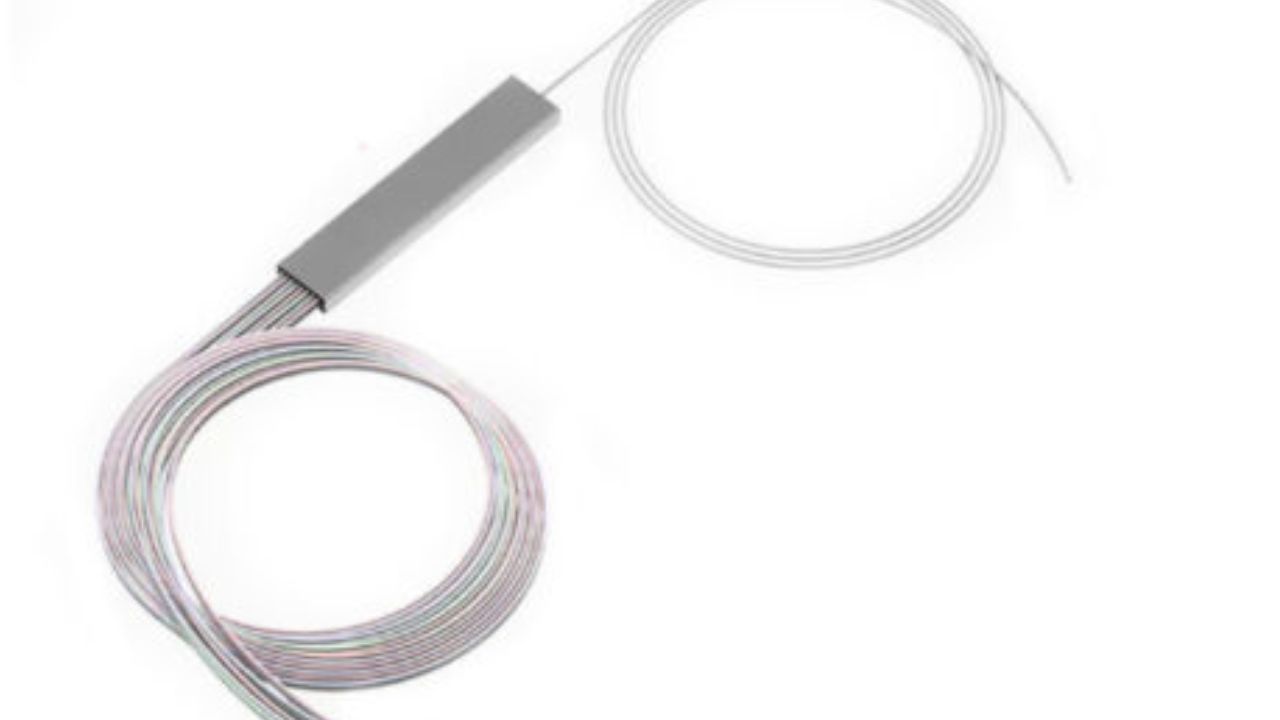Theodora is a business woman who has made it her life's work to help others achieve success. She has been an entrepreneur since she was young, and has always been drawn to businesses that have the ability to help others. She started her first company when she was just a teenager, and has never looked back since and she like shopping too.

Since data is the new currency and communication is crucial in the information age, fiber optics have become necessary. Because fiber optic equipment offers exceptional speed, dependability, and efficiency, it has completely changed the way we transmit data. This revolution is centered on Fiber Optic Products Suppliers, who supply the necessary components for worldwide communication.
Global influence is genuinely possessed by suppliers of fiber optic products. By connecting continents, nations, and cities, their products serve as the backbone of the Internet. To learn more about the fiber optic suppliers click the link www.bonelinks.com. Online collaboration, international interaction, online sales, and the easy exchange of knowledge would all be severely hindered without their efforts.
How Are Product Quality Standards Met By Fiber Optic Suppliers?
For fiber optic suppliers, maintaining product quality is crucial. Throughout the manufacturing process, trustworthy suppliers follow strict quality control procedures. This entails carrying out exhaustive testing procedures, utilizing precision manufacturing techniques, and utilizing premium materials.
Common practices include certifications and adhering to industry standards, like ISO certifications. By placing a high priority on quality assurance, Fiber Optic Suppliers give their clients peace of mind by guaranteeing the dependability, toughness, and functionality of their products in a range of challenging networking settings.
Characterize Fiber Optic Suppliers’ Design
To provide a broad range of goods and services that support the development and deployment of reliable, high-performing communication networks, fiber optic suppliers are essential.
Optical Fiber Cables
Optical fiber cables are the fundamental component of fiber-optic communication. These cables are made up of a core that transmits light signals and cladding that bounces light back into the core. Strength members, which are often composed of materials like fiberglass or aramid, offer reinforcement and protect against stretching and external forces, while a protective coating increases durability.
Connectors and Terminations
An essential part that makes joining optical fibers easier is the connector. Different connector types—including SC, LC, and ST—provide network designers with design flexibility. To ensure a smooth data flow, terminations entail joining optical fibers to apparatus or devices. This is frequently accomplished through connectors or splicing.
Optoelectronic Devices and Transceivers:
Transceivers play a crucial role in the conversion of electrical signals into optical signals. These gadgets, which combine a transmitter and a receiver, are essential for data transmission and reception over fiber optic networks. Optical signals are generated and detected in part by optoelectronic components such as modulators, photodetectors, and lasers.
Amplifiers and Repeaters:
Fiber optic suppliers include optical amplifiers and repeaters in their designs to ensure signal integrity over extended distances. Transmission distances are increased by optical amplifiers, which increase signal strength without changing the signal into an electrical one. Replicators renew optical signals, guaranteeing network-wide data integrity.
Multiplexing and Demultiplexing:
A crucial component of design for managing several signals on a single fiber is wavelength division multiplexing or WDM. The fiber optic network’s capacity is essentially increased by this technology, which permits the coexistence of various wavelengths. For particular uses, optical splitters further split and distribute optical signals.
Optical Switches and Routers:
To direct optical signals within a network, optical switches and routers are essential. Switches maximize network efficiency by allowing signals to be routed dynamically to various paths. By directing optical signals between various networks or paths, routers enable smooth communication.
Testing and Measurement Equipment:
Providers use testing and measurement equipment to guarantee the dependability and functionality of fiber optic networks. OTDRs, or optical time domain reflectometers, are necessary for testing and troubleshooting fiber optic links. Signal strength and loss are measured by power meters and light sources, which offer important information for network maintenance.
Tools for Installation and Maintenance & Fiber Optic Management Systems:
Fiber optic suppliers provide experts with instruments like cleavers and fiber splicers. While cleavers ensure accurate cutting and prepare fiber ends for splicing, they also add to the overall reliability of the network. Fiber splicers are used to join optical fibers seamlessly. Connectors and splices are housed in enclosures, patch panels, and other management systems that guarantee organization and ease of maintenance. These systems add to the fiber optic network’s overall accessibility and structure.
Bottom Lines
The intricate details of optical fiber cables, connectors, transceivers, amplifiers, multiplexers, switches, testing apparatus, and other components are all taken into consideration in the comprehensive design of fiber optic suppliers. Fiber optic suppliers support the creation of robust and high-performing communication networks by upholding industry standards and utilizing cutting-edge technologies.
